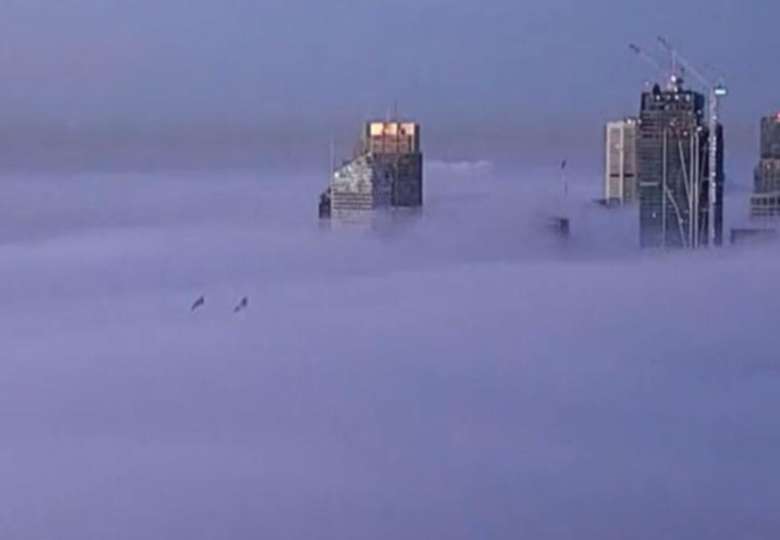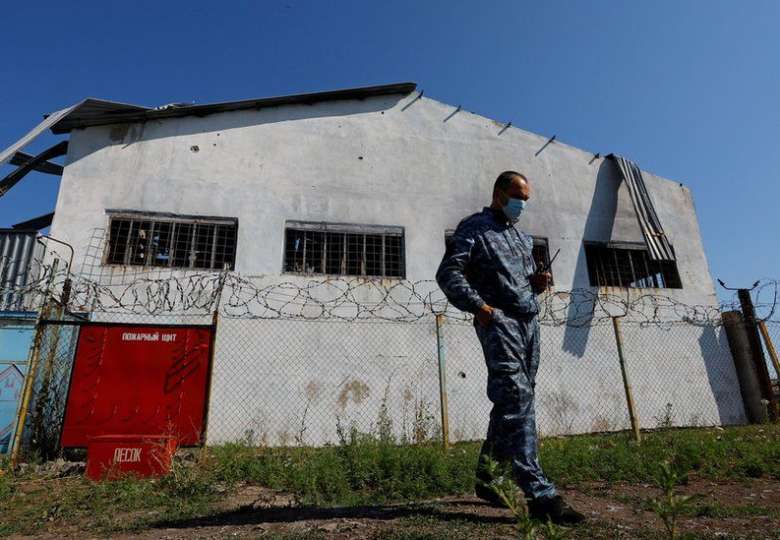When rebels came to the Central African Republic city of Bangassou, the area’s top official Pierrette Benguere was forced to hole up in a UN base for a month.
Now Bangassou, formerly home to around 30,000 people, is a ghost town, its plight symbolic not only of the recent rebellion but also of a long-running struggle to reassert the presence of the state in a country where most of the territory is lawless.
For Benguere to speak to the people of Bangassou, the capital of the Mbomou prefecture of which she is the top representative, she went not to the city, but the forest that surrounds it.
Thousands of families who fled the violence have dug in there, cutting branches to weave shelters in the forest around 700 kilometres (435 miles) east of the capital Bangui.
They are among the 200,000 people displaced after six of the 14 armed groups that control two-thirds of the country reneged on a peace pact with President Faustin Archange Touadera in mid-December.
The six armed groups joined forces and launched an offensive, vowing to disrupt December’s elections and march on the capital in what the government called an attempted coup.
But the rebels could not stop Touadera’s reelection in December 27’s vote, in which not even one in two voters were able to cast their ballots because of insecurity.
On January 3, several hundred heavily armed men attacked government troops in Bangassou. They also assaulted the highly trained paramilitary forces of Russian private security firm Wagner.
Moscow, which backs Touadera, flew in the reinforcements in late December, while Rwanda also sent troops to bolster the ill-equipped and trained Central African army.





